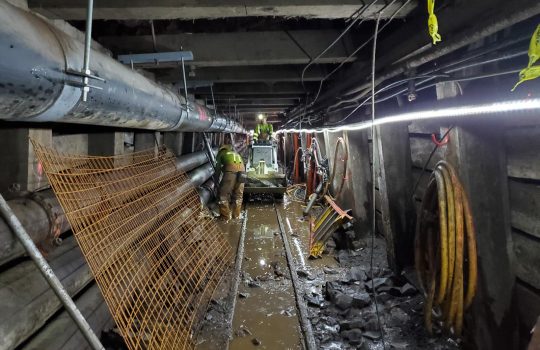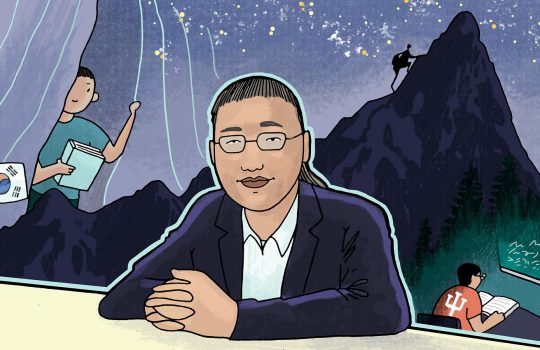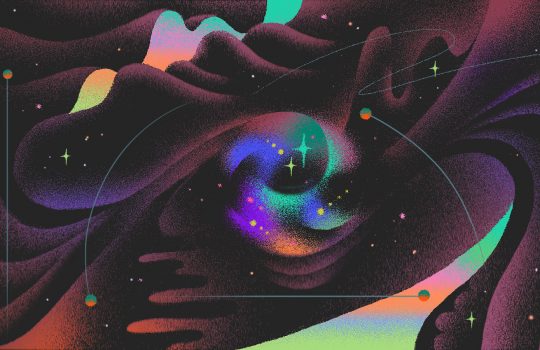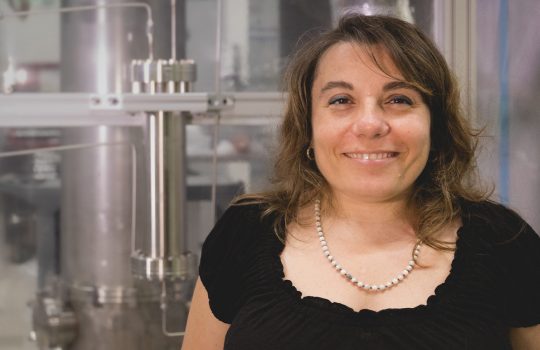In photos: LBNF rebuilds portal for rock transportation system
- Deep Underground Neutrino Experiment
- DUNE
- LBNF
- Long-Baseline Neutrino Facility
- neutrino
- Sanford Lab
- Sanford Underground Research Facility
- South Dakota
The Long-Baseline Neutrino Facility team is in the process of rehabilitating an old mining tunnel in South Dakota for the installation of a conveyor system to transport rock. In June, they reached a milestone when they finished the rebuilding of the portal to the tunnel.




